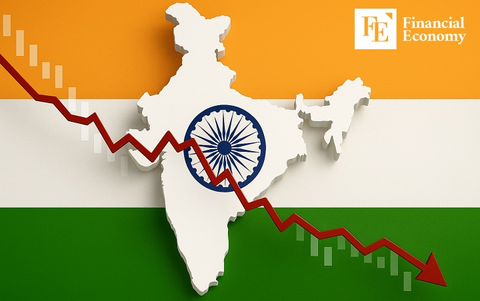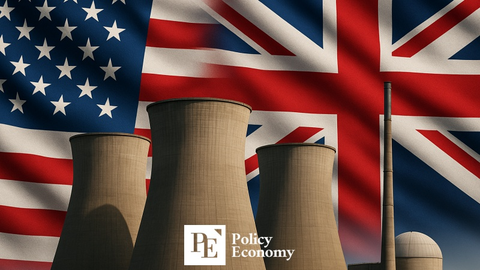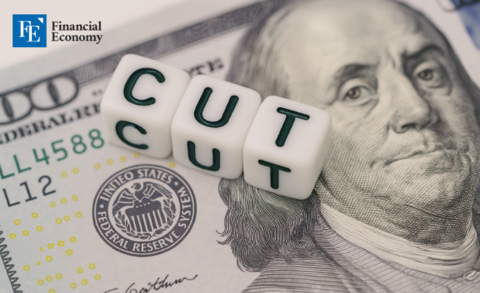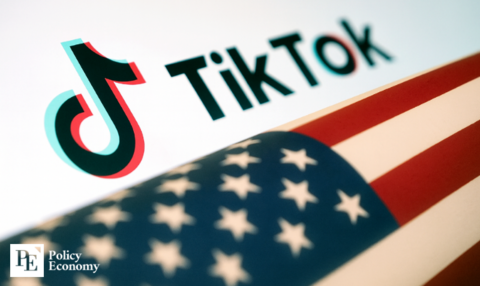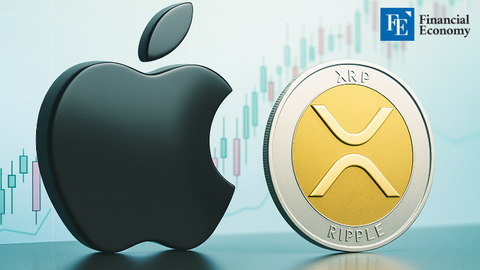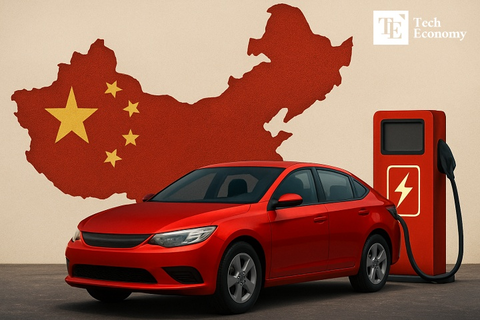CATL’s Listing Changes the Game, Reviving the Hong Kong IPO Market
Input
Modified
Chinese Conglomerates Shift IPO Destinations CATL’s Successful Listing Serves as Catalyst Dual Listings Surge as Capital Raising Accelerates
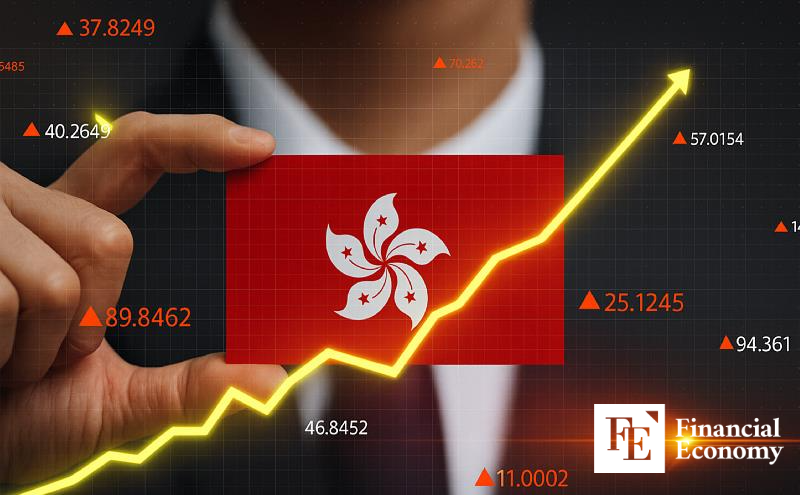
Chinese conglomerates are shifting their IPO stage from the mainland to the Hong Kong stock market. The successful listing of CATL in Hong Kong this past March, recorded as the world’s largest IPO, has ignited strategic changes among corporations. Major companies such as SHEIN are now also pushing forward with plans for a Hong Kong IPO. The Chinese government is actively leveraging the Hong Kong exchange to attract foreign capital and enhance funding flexibility. Meanwhile, it is becoming increasingly common to see companies already listed on the mainland A-shares market pursuing dual listings in Hong Kong.
A More Favorable IPO Environment Compared to Mainland and Western Markets
On the 4th of June (local time), Bloomberg reported that the total amount raised from IPOs and additional share sales in Hong Kong so far this year has reached USD 26.5 billion. This marks a 597% increase compared to the same period last year (USD 3.8 billion), making it the largest volume since the market's 2021 peak. As capital flows in, the Hang Seng Index has rebounded past the 23,000 mark. From its low on April 7, affected by the U.S.-China tariff war, it recovered by 19.83% as of June 3.
The fact that several major Chinese companies are preparing IPOs adds optimism to this recovery trend. Fast fashion giant SHEIN abandoned its plan for a London IPO and opted for Hong Kong instead. Although it had received listing approval from the UK’s Financial Conduct Authority (FCA), it failed to secure clearance from Chinese regulators.
Market observers say it’s not surprising that Chinese authorities withheld approval for a London IPO given international scrutiny of SHEIN. The company faced controversy last year for allegedly forcing workers, including minors, to work 16-hour days and withholding wages. Additionally, lower-than-expected performance raised concerns: SHEIN's 2023 revenue was USD 38 billion, significantly short of the USD 45 billion target.
China’s largest steel e-commerce platform, Zhaogang, succeeded in its second attempt to go public in Hong Kong. Its first try in August 2018 failed, but this time, factors like increased commission-generating brokerage trades, logistics and supply chain services, tailored steel solutions for SMEs, and overseas expansion potential helped secure investor confidence. Although its opening price was USD 1.30, the stock fell to USD 1.01 due to broader real estate and steel market challenges before rebounding to close at USD 1.30.
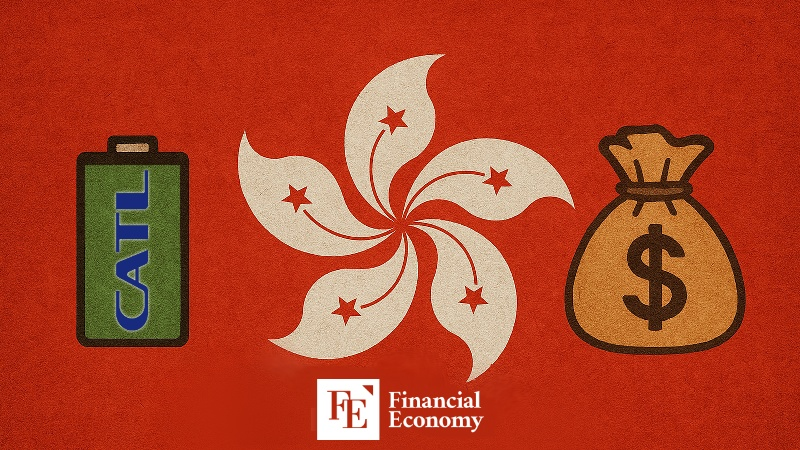
Greater Access to Global Capital than Shanghai
A pivotal moment in Hong Kong’s IPO rebound was the blockbuster listing of CATL, China’s largest battery manufacturer. On March 20, CATL raised USD 4.6 billion on the Hong Kong exchange, completing the world’s largest IPO of the year. Although there was some controversy around ties to the military and alleged human rights issues, the process went smoothly under strong backing from Chinese authorities.
CATL announced plans to invest the IPO proceeds—about USD 7.3 billion—in building a battery manufacturing plant in Hungary. This facility aims to expand supply to major European automakers like BMW, Stellantis, and Volkswagen. As of 2024, CATL holds a 38% share in the global EV battery market, and the European investment is expected to accelerate both regional diversification and client base growth.
This strategy aligns with Beijing’s broader industrial policy. CATL is a flagship in China’s push to dominate the EV battery sector, and its IPO symbolizes the state's strategic use of capital markets. The fact that Hong Kong-raised funds are being funneled back into mainland industry reveals a deliberate “dual structure” strategy by the Chinese government, using both domestic and offshore markets.
Government-Backed ‘Dual Strategy’ Gains Momentum
Following CATL’s lead, dual listings are emerging as a trend among Chinese firms. Companies already listed on the mainland A-share market are increasingly turning to Hong Kong to attract foreign capital. One example is Hengrui Medicine, a leading pharmaceutical company on the mainland, which plans to raise at least USD 2 billion through a Hong Kong IPO this year.
As seen with CATL, these moves aren’t just corporate decisions—they’re closely tied to Chinese government policy. With continued stagnation in the mainland capital market, the government is using Hong Kong as a secondary route for attracting foreign investment and securing funding. It’s a form of risk diversification and a workaround to stay linked with global markets. Unlike Shanghai or Shenzhen, Hong Kong offers greater accessibility for Western capital and more flexible regulations, reducing the burden on companies.
This backdrop is fueling expectations for a broader Hong Kong market recovery. In South Korea, individual investors known as “Chung-hak ants” (retail investors in Chinese stocks) are renewing interest in Hong Kong equities, while institutional investors are closely watching heavyweight stocks like CATL and Zhaogang. With trading volume and foreign capital inflows clearly rising, analysts believe a combination of regulatory flexibility and policy support could accelerate a mid- to long-term revival.
However, uncertainty remains as to whether these optimistic projections will materialize. Distrust from the U.S. and other Western nations persists, and issues like accounting transparency, disclosure standards, and control risks still pose challenges. Even with strong backing from Beijing, some experts caution that without restoring confidence among global investors, the Hong Kong funding channel may struggle to take firm root over the long term.



